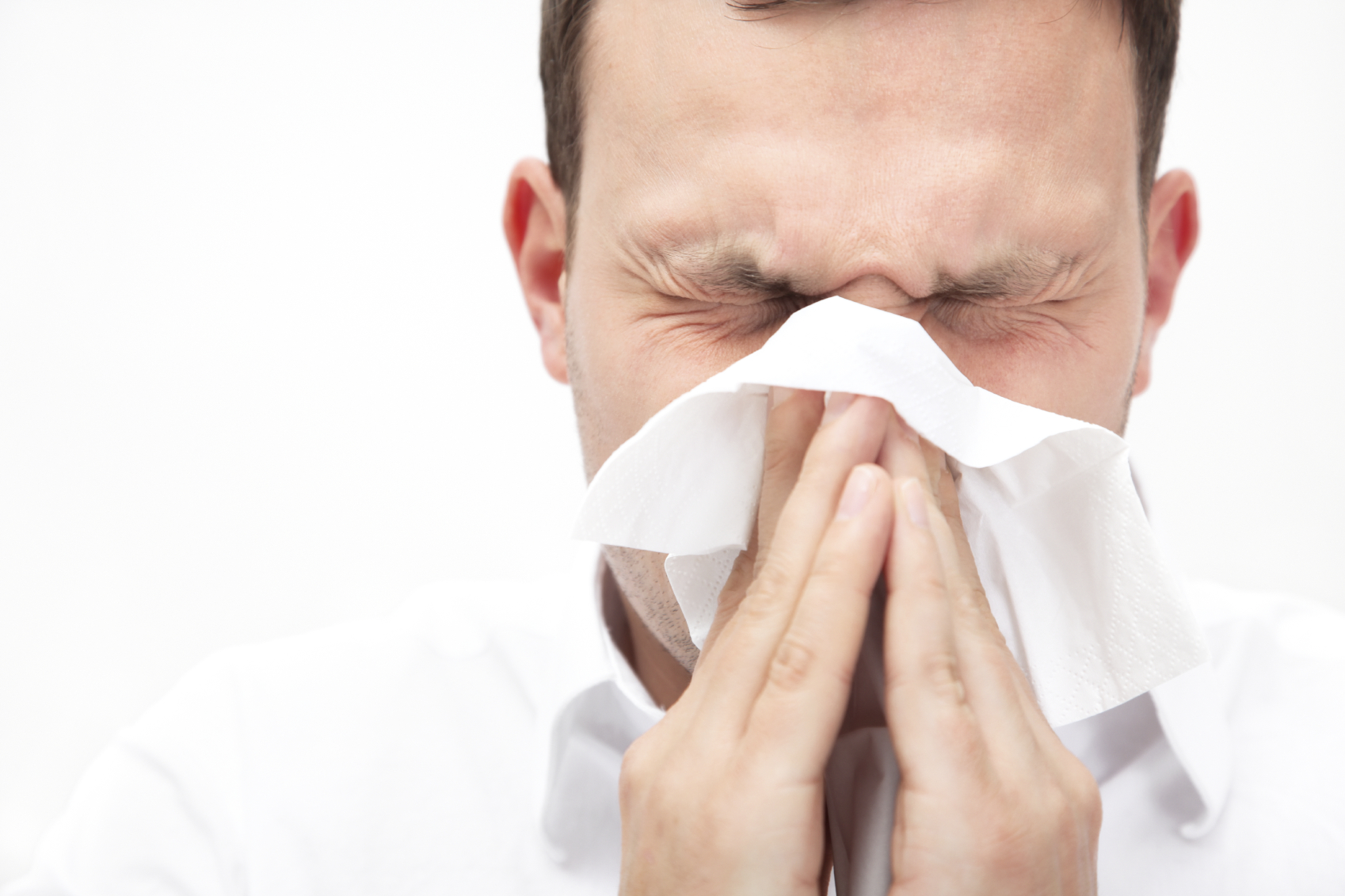
Be honest: Have you ever used your scarf or gloves to wipe your nose or cover a sneeze/cough when a tissue wasn’t available? Oh, my! And then with your runny nose-contaminated glove, you touch a steering wheel or doorknob—all the time spreading the germs to others.
Then, with your contaminated scarf that you used to cover a cough or a sneeze, you offer it to your child because she is colder than you are or hang it up in the office next to co-workers belongings. This is called cross contamination. Oh, my!
And do you take your gloves off with your teeth? If you do, the germs from your gloves are going right into your mouth. Oh, my!
Think about this—if you don’t wash your hands when appropriate, like after using the bathroom, then put your gloves on, the INSIDE of the glove is now contaminated. Oh, my!
You wash your hands, right? Also remember to wash your gloves and scarves on a regular basis, preferably once per week or when soiled.
There are no scientific studies that support all this, but it stands to reason that gloves and scarves are just as germy as other fabrics that haven’t been cleaned—maybe more so because they are less likely to be cleaned on a routine basis. Leather and suede gloves would most likely need to be dry cleaned, and knit gloves would probably not fare too well in the washing machine. But think about how germy they are after people cough, sneeze, and wipe their noses with their gloves and scarves!
Most germs will survive for two or three days on inanimate objects—some longer. They don’t have to look soiled or smell bad to be loaded with germs either!
Here are some steps to stay healthy this winter from the Association for Professionals in Infection Control and Epidemiology (APIC):
- Clean your hands often. It’s the most important way to prevent the spread of infections.
- Carry tissues and hand sanitizer with you at all times.
- Keep your hands away from your face. When you touch your eyes, nose, or mouth, germs can get into your body and make you sick.
- Take your gloves off when using or touching objects that other people use or touch. This includes the ATM, shopping carts, and crosswalk buttons. Wash your hands (or use hand sanitizer) immediately after use. It’s easier to clean your hands than the gloves.
- When taking your gloves off, carefully loosen them at the fingertips, and pull them off with your opposite hand. Don’t use your teeth or mouth.
- Don’t stuff your dirty or wet gloves and scarves in your pocket. They need to dry thoroughly to kill the germs.
- Wash your gloves and scarves often—preferably once per week or when soiled.
- Get a flu shot every year.
- Avoid people who are sick with a respiratory or stomach virus. Stay home from work or school if you are sick.
- Cough or sneeze into your elbow, not into your gloves or scarf.